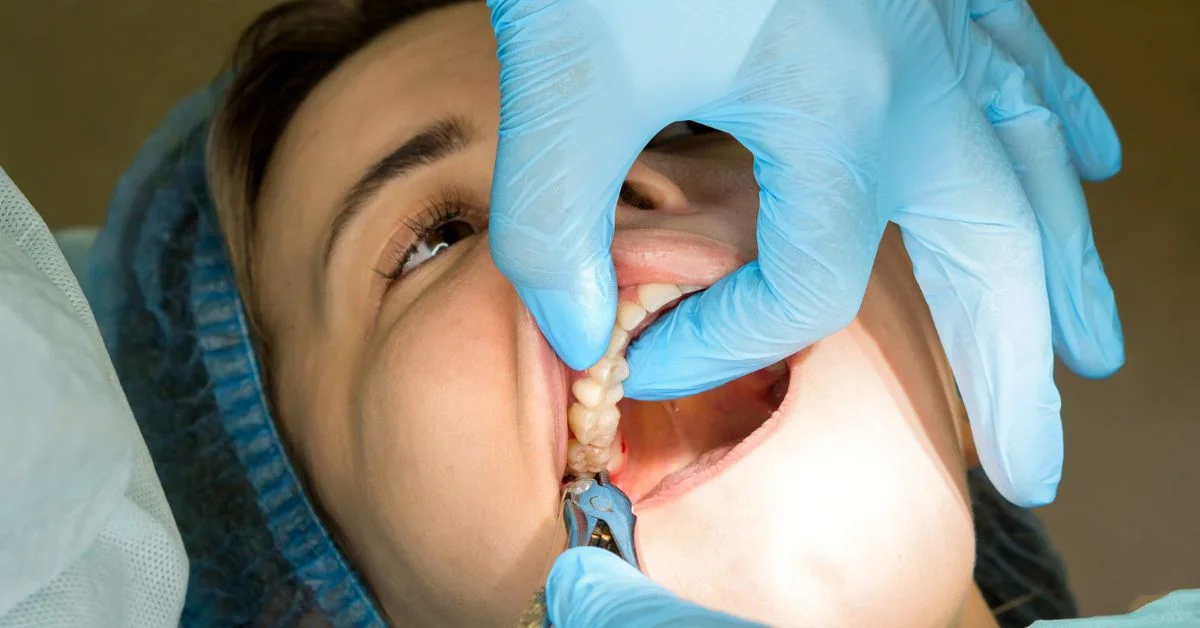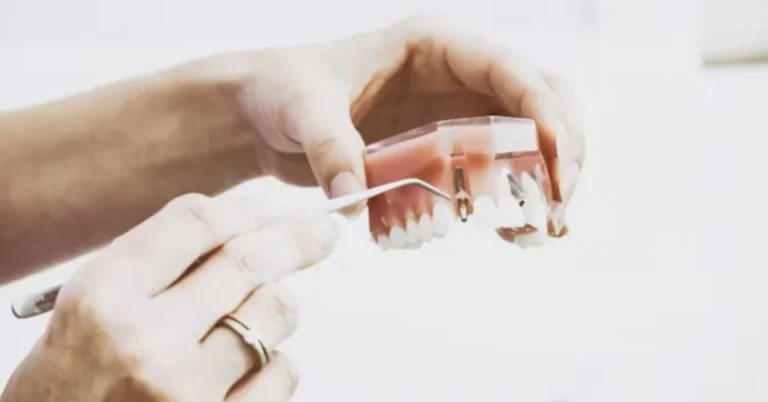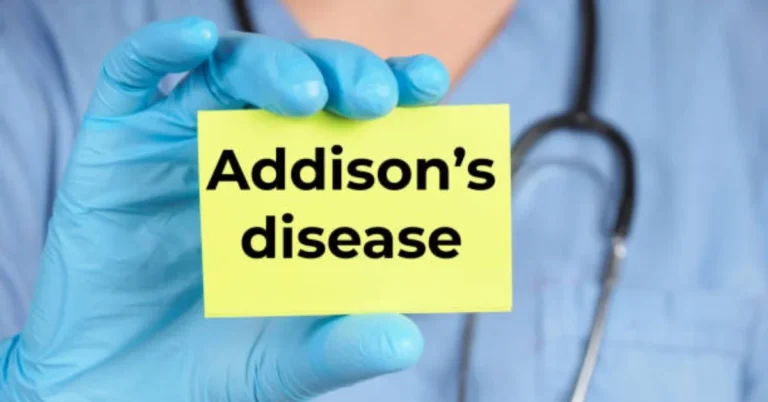
Wisdom tooth extraction is one of the most common oral surgeries performed worldwide. For many people, it marks the final stage of losing permanent teeth—since wisdom teeth, or third molars, typically erupt between the late teens and early twenties. While not everyone experiences complications or severe discomfort, it’s natural for patients to be concerned about post-operative pain. One of the most common questions dentists hear is: “When will I feel the worst pain after wisdom tooth extraction?”
Understanding the typical pain timeline, why certain days may be more uncomfortable, and how to manage discomfort is essential for a smoother recovery. Pain after extraction is not just a random occurrence—it follows a pattern that reflects the body’s natural healing process. By knowing what to expect, you can prepare both physically and mentally for recovery, take the right steps to manage pain, and avoid complications that can prolong discomfort.
This detailed guide will explain why pain peaks when it does, what the worst day after extraction typically feels like, how to handle it, and what signs indicate you should call your dentist. We’ll also cover safe pain management strategies, dietary adjustments, and long-term care tips so that your healing process is as comfortable and complication-free as possible.
1. Why Wisdom Tooth Extraction Can Cause Significant Pain
Before we get into the timing of pain peaks, it’s important to understand why removing wisdom teeth can lead to noticeable discomfort. Wisdom teeth are large molars located at the back of the mouth. When they are impacted (stuck under the gum or bone) or erupt at awkward angles, extraction often requires cutting into the gum tissue, removing bone, and sometimes sectioning the tooth into smaller pieces for removal.
This surgical process triggers an inflammatory response in your body. Your immune system rushes to the site to begin repairing the damaged tissue. The swelling, fluid buildup, and increased blood flow that help you heal are the same things that make the area sore and sensitive. In other words, pain after wisdom tooth extraction is not a sign of something going wrong—it’s part of your body’s normal healing response.
However, because of the location of wisdom teeth and the amount of tissue involved in their removal, pain can sometimes be more intense compared to other dental procedures. The nerves in the jaw are also close to the extraction site, which means post-operative sensitivity is common.
2. Understanding the Pain Timeline After Extraction
Most patients find that pain is not at its highest immediately after the surgery. That’s because local anesthesia and any sedation medications continue to work for several hours after the procedure. In the first 24 hours, discomfort may be mild to moderate and often manageable with prescribed pain relief.
The typical pattern looks like this: Wisdom Tooth Extraction
- Day 1 (Surgery Day): Minimal pain due to lingering anesthesia and the numbing effect of prescribed medications. Some soreness, swelling, and mild bleeding are normal.
- Day 2: Pain begins to increase as anesthesia fully wears off. Swelling becomes more noticeable.
- Day 3: For many people, this is the worst day of pain. Swelling reaches its peak, and jaw stiffness can be significant. Discomfort may radiate to the ear, temple, or throat.
- Day 4–5: Pain gradually decreases, although stiffness and mild throbbing may still be present.
- Day 6–7: Significant improvement is noticeable for most patients, though complete healing of the tissue takes several weeks.
This timeline can vary depending on the complexity of the extraction, your body’s healing ability, and whether any complications (like dry socket) occur.
3. Why Day 3 Is Often the Worst: Wisdom Tooth Extraction
The reason day three after extraction is often considered the most uncomfortable comes down to swelling and tissue repair. After surgery, your body sends white blood cells and healing proteins to the affected area. This process peaks around 48 to 72 hours after injury. As swelling increases, it can put pressure on nearby nerves and make the jaw feel tight or sore.
In addition to swelling, jaw muscles may be fatigued from holding your mouth open during the procedure, leading to stiffness. This makes chewing and speaking slightly uncomfortable during this stage. The combination of swelling, stiffness, and inflammation creates a perfect storm for peak discomfort around the third day.
4. Pain Intensity vs. Pain Quality: Wisdom Tooth Extraction
Not all pain feels the same, and understanding the type of discomfort you experience can help you and your dentist determine whether your healing is on track.
- Aching or Throbbing: Common and expected during the first few days, especially near peak swelling.
- Dull Soreness: Indicates muscles and tissues are healing; tends to decrease over time.
- Sharp or Radiating Pain: May be due to nerve sensitivity or biting down near the extraction site; usually temporary.
- Persistent, Worsening Pain: Especially beyond day three, could be a sign of infection or dry socket and should be evaluated promptly.
5. Safe Ways to Manage the Worst Day of Pain
When day three arrives, being prepared can make all the difference. Pain management should be proactive, not reactive. Waiting until pain becomes unbearable before taking action often makes it harder to control.
Key strategies include: Wisdom Tooth Extraction
- Follow Prescribed Medications Exactly: Dentists often recommend alternating ibuprofen (for inflammation) with acetaminophen (for pain) or provide stronger prescriptions if necessary.
- Use Cold Compresses in the First 48 Hours: Applying an ice pack for 15–20 minutes at a time reduces swelling and numbs the area.
- Elevate Your Head When Resting: Keeping your head slightly raised helps limit swelling and discomfort.
- Avoid Irritating the Surgical Site: No spitting, sucking through straws, or vigorous rinsing during early healing to prevent dislodging the blood clot.
- Switch to Warm Compresses After 48 Hours: Gentle heat can help reduce stiffness and improve blood flow for healing.
6. Nutrition During Peak Pain Days: Wisdom Tooth Extraction
Chewing can be challenging during the worst pain days, so soft, nutrient-rich foods are ideal. Proper nutrition not only supports healing but also prevents additional strain on the extraction site.
Recommended options include: Wisdom Tooth Extraction
- Mashed potatoes
- Smoothies (without straws)
- Greek yogurt
- Scrambled eggs
- Applesauce
- Well-cooked oatmeal
Avoid hot, spicy, crunchy, or acidic foods during this period, as they can irritate the wound.
7. Signs That Pain Is Not Normal: Wisdom Tooth Extraction
While discomfort is expected, certain symptoms should prompt immediate dental consultation:
- Pain that worsens rather than improves after day three or four
- Severe throbbing accompanied by a foul taste or odor (possible dry socket)
- Fever or chills (possible infection)
- Significant swelling that spreads to the neck or face
- Persistent numbness beyond the first 24 hours
Addressing these issues quickly can prevent further complications and speed up recovery.
8. Long-Term Healing Beyond the Worst Day
Even though day three is often the peak of pain, complete healing takes time. The gum tissue usually seals over within a couple of weeks, but bone and deeper structures take longer—sometimes months—to fully remodel. Continuing to practice good oral hygiene, eating a balanced diet, and following your dentist’s post-op instructions will support this process.
9. Mental and Emotional Preparedness: Wisdom Tooth Extraction
Anticipating pain can be stressful, but being mentally prepared helps you stay calm and follow your care plan. Understanding that the discomfort is temporary and part of the healing process makes it easier to manage. Some patients find relaxation techniques like deep breathing, listening to music, or watching favorite shows help distract them during peak discomfort.
Conclusion: Wisdom Tooth Extraction
The worst day of pain after wisdom tooth extraction for most people is around the third day post-surgery. This is when swelling peaks, tissues are most inflamed, and jaw stiffness can be most pronounced. While this stage can be uncomfortable, it is short-lived for most patients and a natural part of the healing process. By following your dentist’s instructions, managing pain proactively, eating the right foods, and watching for warning signs, you can navigate this stage smoothly and be on your way to full recovery.
5 Frequently Asked Questions (FAQs): Wisdom Tooth Extraction
1. Why is the third day after wisdom tooth removal so painful?
Because swelling and inflammation peak around 48–72 hours after surgery, putting more pressure on nerves and tissues.
2. How long does the worst pain last after extraction?
The most intense discomfort usually lasts one day, then gradually improves over the next two to three days.
3. What can I eat on the worst pain day?
Soft, lukewarm foods like mashed potatoes, yogurt, and applesauce are best to avoid irritating the extraction site.
4. Is it normal to have ear pain on day three?
Yes. Swelling in the jaw can radiate discomfort to nearby areas like the ear and temple.
5. When should I call my dentist about post-extraction pain?
If pain worsens after day three, is severe, or is accompanied by fever, foul taste, or spreading swelling.
For more information, click here.







